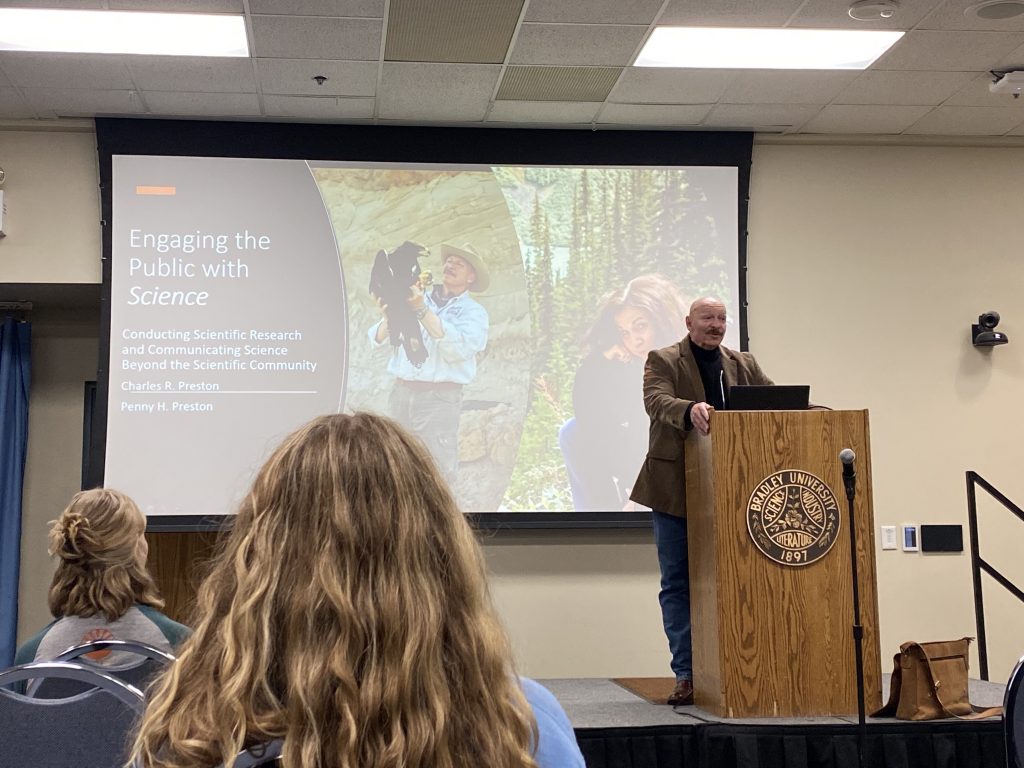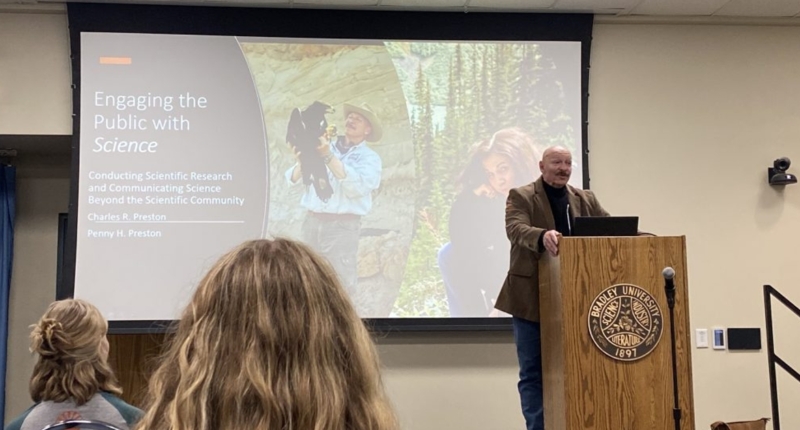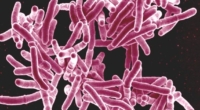Charles and Penny Preston delivered a lecture on wildlife conservation, emphasizing the importance of collaboration between science and journalism to communicate scientific research to the public. They discussed the need for credible sources to get scientific information to the public and the impact of public education on spreading awareness of the world of science within nature. Penny shared her personal journey into science and the significance of collaboration between scientists and journalists to captivate audiences and change minds. Charles reiterated the importance of public education and advocated for engaging the public, being diligent, advocating for sound information, and creating a community of critical thinkers. The top five important keywords from the content were collaboration, wildlife conservation, public education, credible sources, and science journalism.
Wildlife Conservation: How to Engage the Public with Science

Wildlife ecologist and conservation biologist, Dr. Charles Preston, and freelance reporter, Penny Preston, have found a way to make science accessible to those who are not part of the scientific community or interested in wildlife conservation.
On March 23, Charles and Penny presented a lecture at the Michel Student Center Ballroom, aimed at making the public aware of the climate crisis through science. They discussed three conflicts between science and the public: science doubting, ignoring, and denying.
Charles explained how people who deny science tend to focus only on information that supports their existing opinions. He also noted that science is continually questioned and refined, making it difficult for people to believe it. Charles stressed the importance of science’s most basic tenet: continuing to look, explore, and learn to refine our understanding of the world.
Charles also shared his personal pathway into the world of science, which started with reading nature magazines that sparked his love of wildlife. Despite facing difficulties in studying conservation in college, Charles persisted and discovered old National Geographic magazines that inspired him to learn and share more about science and wildlife conservation.
Charles’s love for wildlife and science led him to work in various positions, from university teaching to museum work, before eventually helping to develop the Draper National History Museum in Yellowstone National Park.
Through his personal story, Charles aimed to engage the public with science and wildlife conservation. By sharing his experiences and insights, Charles and Penny hope to inspire others to take an interest in science and help protect our natural world.
Wildlife Conservation: Collaborating Science and Journalism for Public Awareness
Charles Preston, a wildlife ecologist and conservation biologist, and his wife, Penny Preston, a freelance reporter, presented a lecture on wildlife conservation, highlighting the importance of collaboration between scientists and journalists. They discussed the significance of credible sources to get scientific information to the public.
Collaboration between Science and Journalism
Penny emphasized the need for collaboration between science and communication majors to communicate scientific research to the public through credible sources. She mentioned her work as a public relations manager at the Denver Museum of Natural History, where scientists had media groupies that reached out to them and followed their work. Penny believes that collaboration between scientists and journalists can captivate audiences and change minds.
Personal Journey into Science
Penny shared her personal journey into science, which started with a date to Blanchard Springs Caverns, where she experienced wonder for the first time. She continued to work in the field of science and eventually worked on a project called “Yellowstone Revealed,” which had a significant impact on the public.
Importance of Public Education
Charles reiterated the importance of public education to spread awareness of the world of science within nature using five points: engaging the public, being diligent, collaborating, advocating for sound information, and creating a community of critical thinkers. He emphasized the importance of getting the best science-based information and speaking to the public about it.
Conclusion
The lecture delivered by Charles and Penny Preston emphasized the importance of collaboration between science and journalism to communicate scientific research to the public. Their personal stories and experiences highlighted the impact of public education and awareness of the world of science within nature.
Don’t miss interesting posts on Famousbio










